Vegan Globetrotter is supported by our audience. When you purchase through one of our links, we may earn a small affiliate commission. As an Amazon Associate I earn from qualifying purchases. Your cost is not affected.
==================
Cooking with stainless steel cookware can feel like a bit of a learning curve at first, but it’s definitely worth the effort. I know how pricey a good set can be, so I’ve always felt it’s important to handle it with care and make the most of what it has to offer. Over the years, I’ve learned that a few simple steps can make all the difference in preventing sticking, achieving those perfect sears, and even keeping the pans looking as good as new. If you’ve ever wondered how to truly unlock the potential of your stainless steel cookware, stick around—I’m sharing what’s worked for me and how you can do the same!
Tips for Cooking with Stainless Steel Cookware: Easy Tricks for Perfect Meals
Cooking with stainless steel pots and pans can seem tricky at first. But once you learn a few simple tips, it gets much easier. I’ve been using stainless steel cookware for years, and I love how versatile it is. With the right techniques, you can cook amazing meals without food sticking in your stainless steel pans.
One of my favorite things about stainless steel is how it can go from stovetop to oven. This opens up so many cooking options. I often start a dish on the stove and finish it in the oven. Stainless steel is also great for getting a nice sear on meats. The key is preheating your pan properly before adding food.
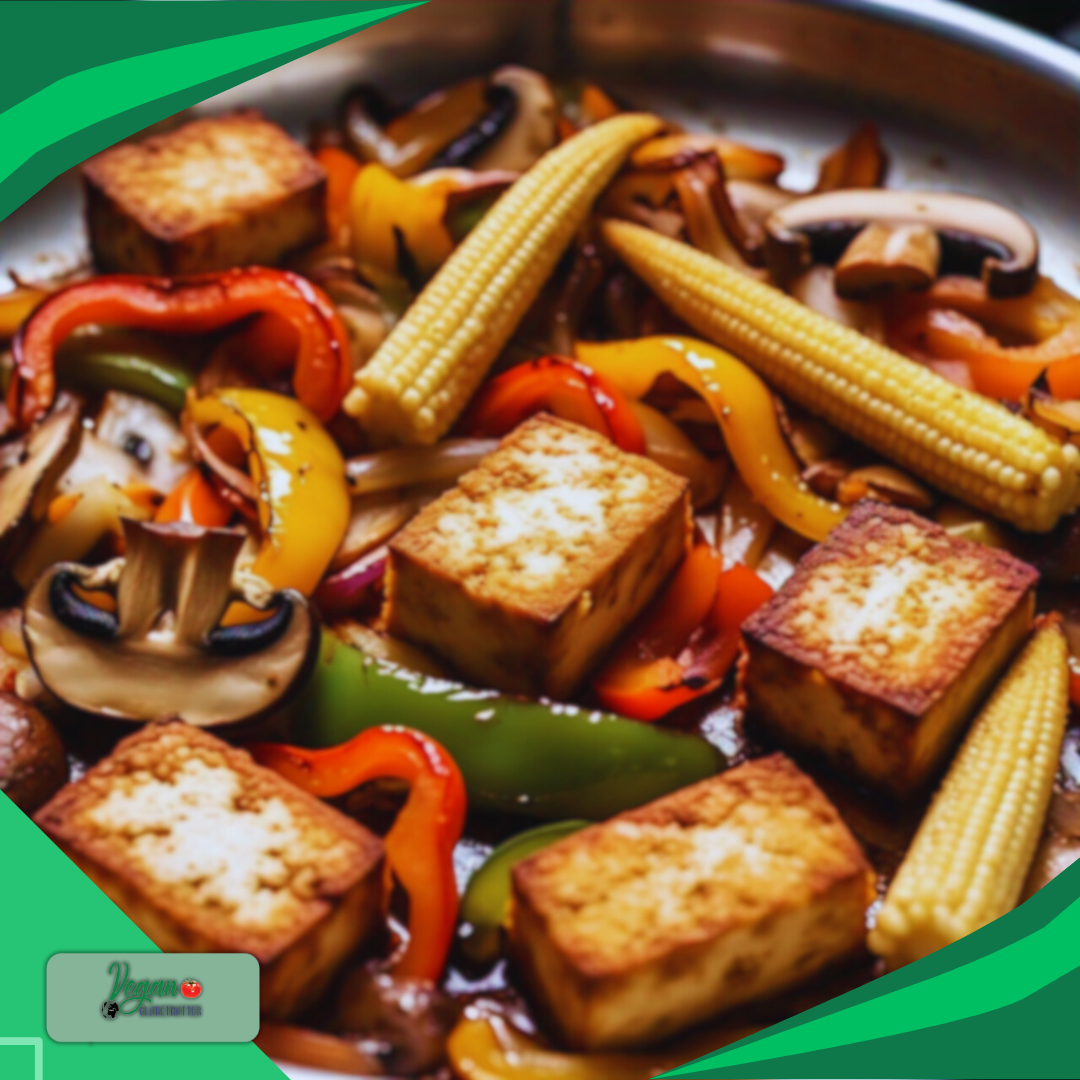
Key Takeaways
- Preheating stainless steel pans helps prevent sticking
- Stainless steel can safely go from stovetop to oven
- Proper care keeps stainless steel cookware looking great for years
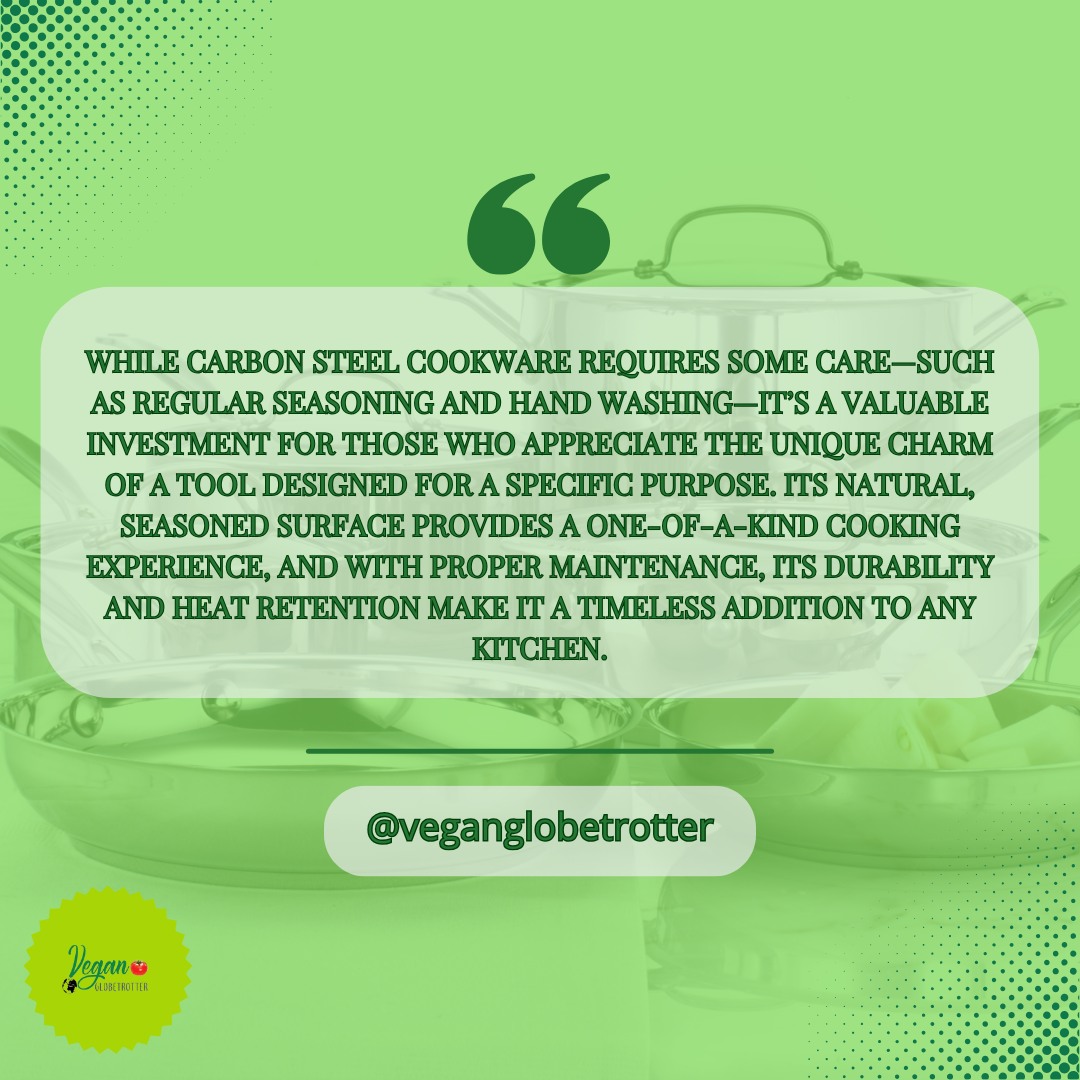
Advantages of Stainless Steel Cookware
Stainless steel cookware offers many great benefits for home cooks. I’ve found it to be a reliable choice in my kitchen for years. Let me share why I think it’s such a great option.
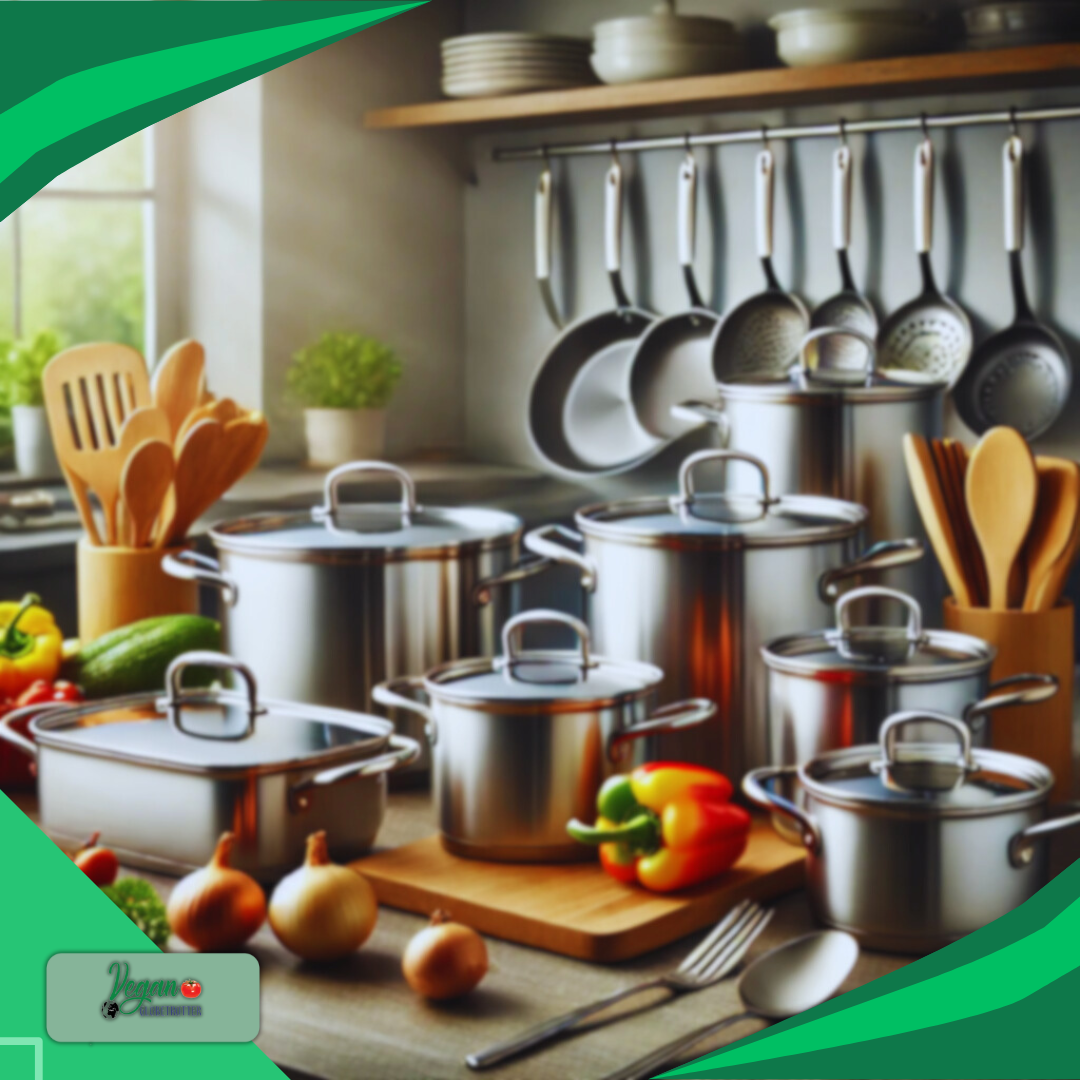
Durability and Longevity
I love how tough stainless steel pots and pans are. They can take a beating and still look great. I’ve had my set for over a decade, and it’s still going strong.
Stainless steel is resistant to rust and corrosion. This means I don’t have to worry about my pans getting damaged from acidic foods or normal wear and tear.
I’ve accidentally dropped my stainless steel pans a few times, but they didn’t dent or warp. This durability saves me money in the long run since I don’t need to replace them often.
Versatility in Cooking
I use my stainless steel cookware for almost everything. It’s great for:
- Searing meats
- Making sauces
- Sautéing veggies
- Boiling pasta
I can even start a dish on the stove and finish it in the oven. This versatility means I need fewer pots and pans cluttering up my kitchen.
Stainless steel handles high heat well. I can crank up the temperature without worrying about damaging the pan. This is perfect for getting a nice crust on steaks or making crispy hash browns.
Even Heat Distribution
I’ve noticed that my stainless steel pans heat up evenly. This helps me cook food more consistently.
Many stainless steel pans have an aluminum or copper core. These metals conduct heat really well. The result? No hot spots that can burn my food.
Even heating is crucial when I’m making delicate sauces or cooking pancakes. I don’t have to constantly move food around to avoid burnt spots.
Perfectly Sautéed Veggies: Why Stainless Steel is a Vegan's Best Friend
Low Maintenance and Easy to Clean
Cleaning my stainless steel cookware is a breeze. Most of the time, I just need some hot, soapy water and a soft sponge.
For tough, stuck-on food, I soak the pan in hot water for a bit. Then, I use a non-abrasive cleaner to scrub it off.
I don’t have to worry about special care instructions or delicate coatings. My stainless steel pans can even go in the dishwasher when I’m feeling lazy.
With proper care, my pans stay shiny and beautiful. A quick polish now and then keeps them looking like new. It’s so nice to have cookware that’s both functional and attractive.
Essential Cooking Techniques with Stainless Steel
I’ve found that mastering a few key techniques can really unlock the potential of stainless steel cookware. These methods help me get the best results and avoid common pitfalls when cooking with these versatile pans.
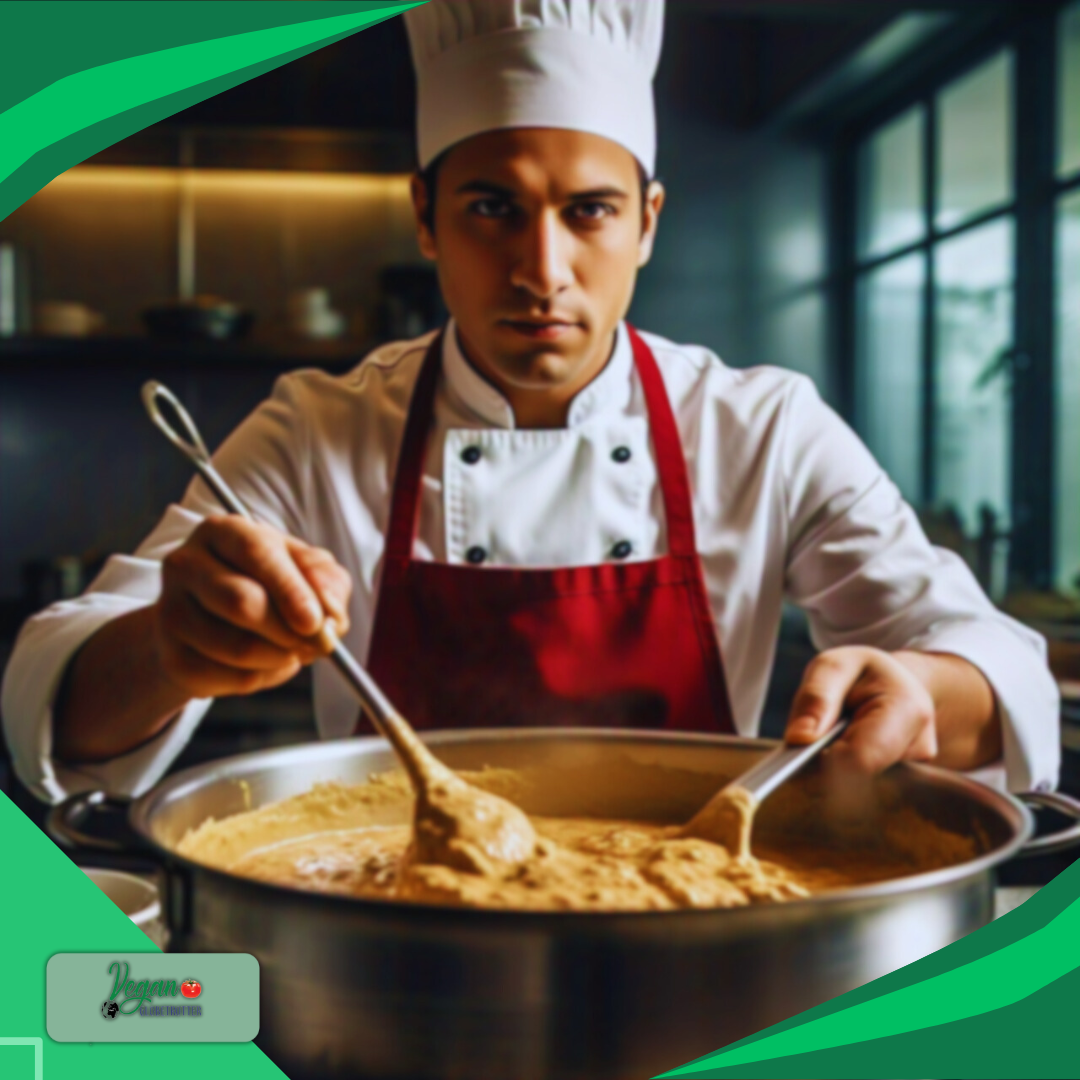
Preheating and Temperature Control
I always start by preheating my stainless steel pan. This is key for preventing food from sticking. I place the empty pan over medium heat for 2-3 minutes. To test if it’s hot enough, I flick a few drops of water into the pan. If they sizzle and dance around, it’s ready.
Once hot, I add my oil or butter. I let it heat up for about 30 seconds before adding food. This creates a temporary non-stick surface.
For temperature control, I adjust the heat as needed during cooking. Stainless steel holds heat well, so I often lower the temperature once the pan is hot. This helps prevent burning and gives me more control.
Searing and Browning Meats
Searing meat in stainless steel pans gives me amazing results. I make sure my pan is very hot before adding the meat. This creates a nice crust and locks in juices.
I pat the meat dry with paper towels first. Excess moisture can interfere with browning. Then I add a thin layer of oil to the hot pan.
When I place the meat in the pan, I don’t move it for a few minutes. This lets a good crust form. Once it’s browned, it should release easily from the pan. If it sticks, I give it another minute or two.
For thicker cuts, I finish cooking in the oven. Stainless steel pans are great for this since they’re oven-safe.
Sautéing Vegetables
Sautéing veggies in stainless steel is quick and easy. I start with a preheated pan over medium-high heat. Then I add a bit of oil or butter.
I cut my veggies into uniform pieces so they cook evenly. When I add them to the pan, I give them a quick toss to coat with oil.
For crisp-tender veggies, I keep the heat high and stir frequently. If I want them softer, I lower the heat and cover the pan.
I love how stainless steel gives veggies a nice golden color. The fond (browned bits) that forms on the bottom adds great flavor to sauces too.
Simmering and Braising
Stainless steel pans are perfect for simmering and braising. These techniques use lower heat and longer cooking times.
For simmering, I bring my liquid to a boil, then reduce the heat. Tiny bubbles should just break the surface. I can simmer sauces, soups, and stews this way.
Braising is great for tough cuts of meat. I sear the meat first, then add liquid to cover it halfway. I cover the pan and let it cook on low heat until tender.
The even heat distribution of stainless steel helps prevent hot spots during these long cooking processes.
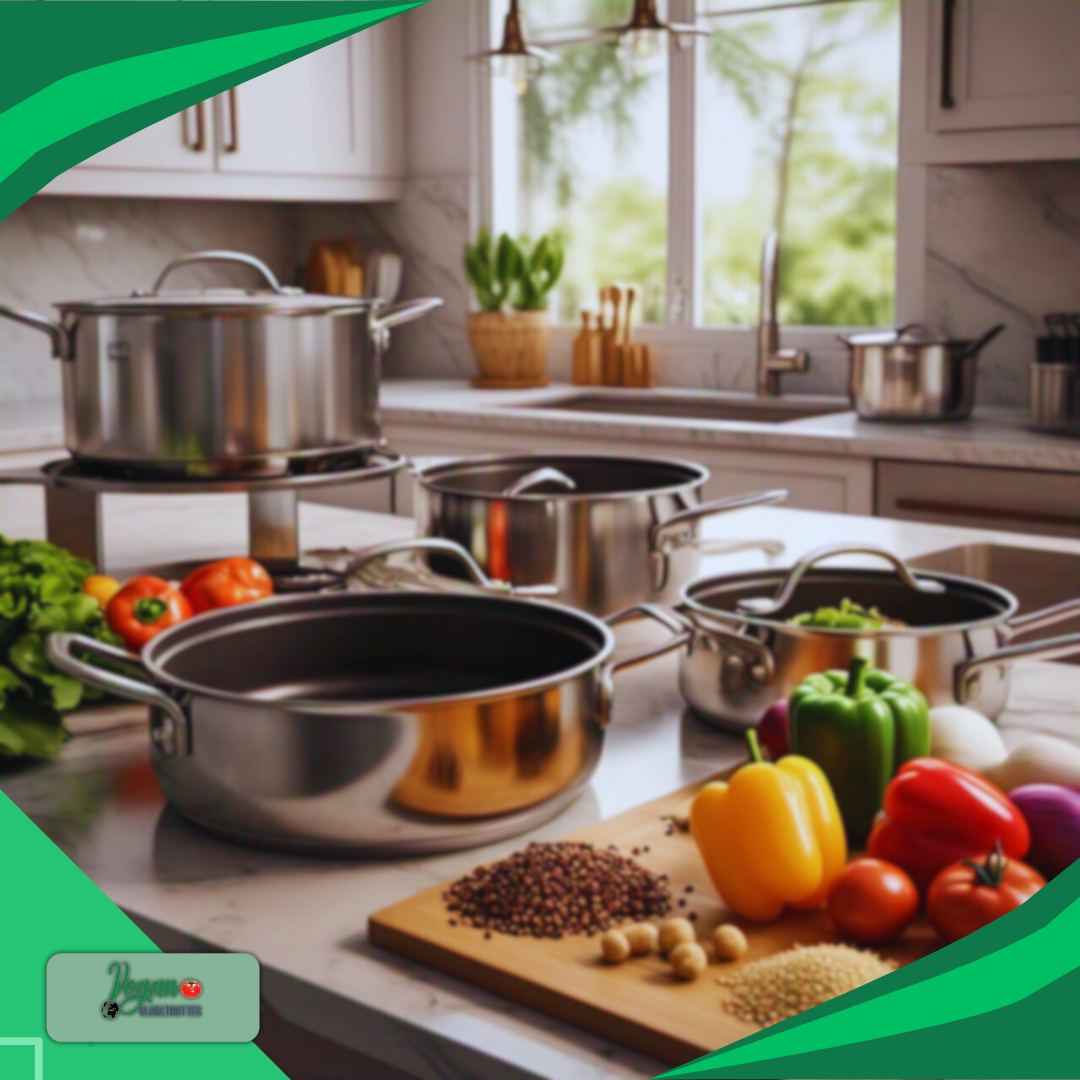
Creating Pan Sauces
One of my favorite things about cooking with stainless steel is making pan sauces. After cooking meat, I use the flavorful browned bits stuck to the pan.
I remove the meat and pour off excess fat. Then I add some liquid like wine or broth to the hot pan. As I scrape the bottom, all those tasty bits dissolve into the sauce.
I let the liquid reduce by about half, then I might add some cream or butter to finish it. The result is a rich, flavorful sauce that perfectly complements my meal.
Stainless steel’s ability to develop fond makes it ideal for these quick, delicious sauces.
Preventing Food from Sticking
Sticky situations in the kitchen can be frustrating. I’ve got some handy tips to keep your food from clinging to your stainless steel pans. These methods will help you cook with ease and confidence.
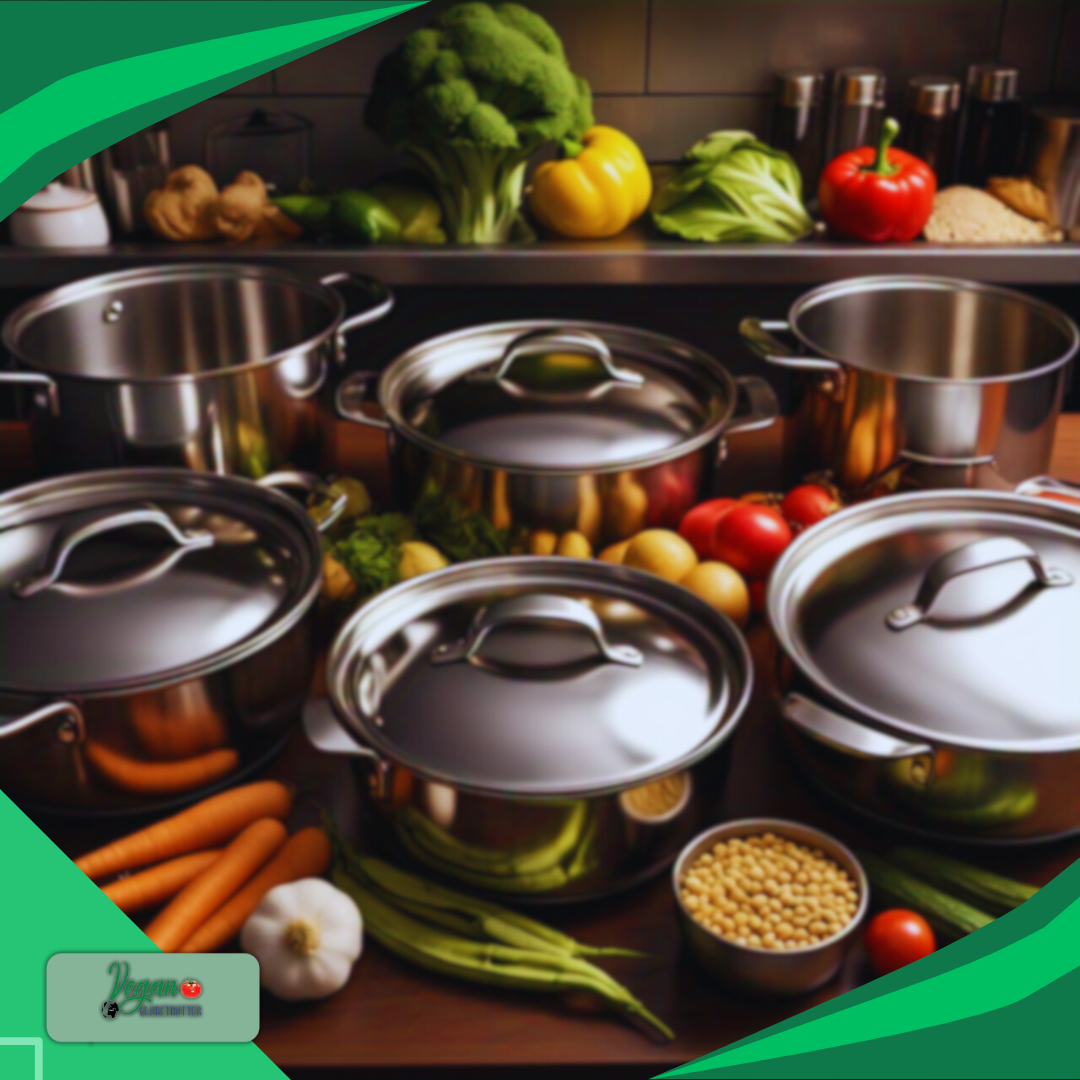
Importance of Preheating
I always start by preheating my stainless steel pan. It’s a crucial step that many cooks overlook. I place the empty pan on medium heat for a few minutes.
To check if it’s hot enough, I sprinkle a few water drops on the surface. If they sizzle and dance around, I know it’s ready. This method creates a temporary non-stick surface.
Preheating also helps food cook more evenly. It seals in juices and flavors, making my dishes tastier. I’ve found that this simple step can make a big difference in my cooking results.
Using Cooking Oils and Fats
Once my pan is hot, I add a thin layer of oil or fat. This creates a barrier between the food and the pan’s surface. I make sure to use the right amount of oil – too little won’t prevent sticking, but too much can make food greasy.
I prefer oils with high smoke points like grapeseed or avocado oil. These work well for high-heat cooking. For lower temperatures, I might use butter or olive oil.
I always let the oil heat up before adding food. When it shimmers or just starts to smoke, I know it’s ready. This helps create that perfect sear on meats and veggies.
Seasoning your Stainless Steel Pan
I’ve found that seasoning my stainless steel pan can be really helpful. It’s similar to seasoning cast iron, creating a natural non-stick surface.
Here’s how I do it:
- Clean and dry the pan thoroughly
- Heat it on the stove until it’s very hot
- Add a high-heat oil like avocado or grapeseed
- Swirl to coat the entire surface
- Let it smoke slightly, then remove from heat
- Wipe out excess oil with a paper towel
I repeat this process a few times to build up a good seasoning layer. It takes some effort, but it’s worth it for easier cooking and cleaning in the long run.
Proper Care and Maintenance
Taking good care of your stainless steel cookware keeps it looking great and performing well. I’ll share some simple tips to clean, maintain, and protect your pots and pans so they last for years to come.
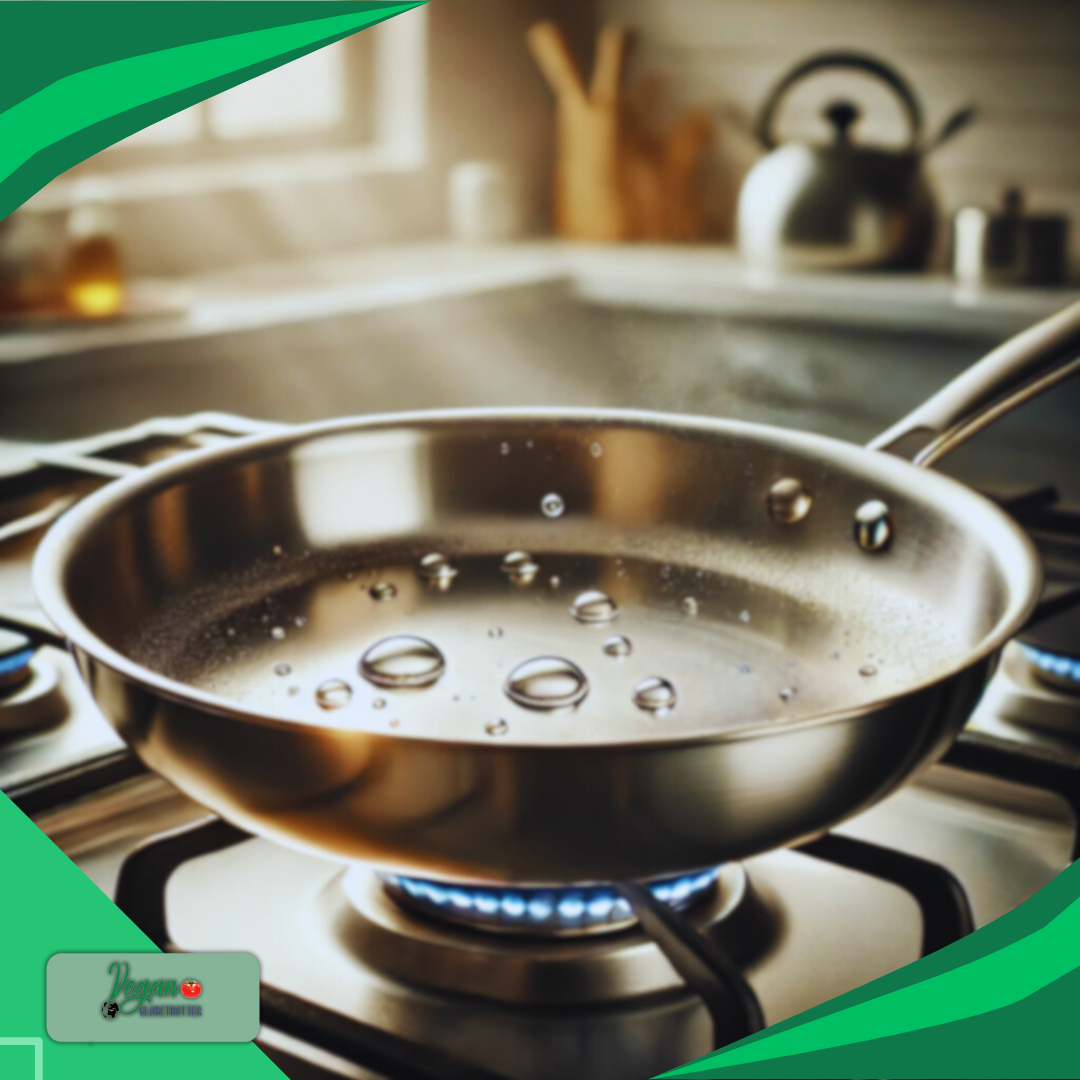
Cleaning Techniques
I always start by letting my pans cool before cleaning. Hot pans can warp if put in cold water. For everyday cleaning, I use hot, soapy water and a soft sponge. This works for most messes.
For stubborn food, I soak the pan in warm water for 30 minutes. Then I use a nylon scrubber to gently remove stuck-on bits. I avoid harsh scrubbers that can scratch the surface.
If food is really stuck, I fill the pan with water, add a dash of dish soap, and simmer for 15 minutes. This loosens tough residue without damaging the steel.
Using the Right Cleaning Tools
I’m careful about what I use to clean my stainless steel. Soft sponges, nylon scrubbers, and microfiber cloths are my go-to tools. They clean well without scratching.
I stay away from steel wool, which can leave scratches. Instead, I use a nylon scrubbing pad for tougher jobs. It’s effective but gentle on the surface.
For deep cleaning, I use Bar Keepers Friend. It’s great for removing stains and restoring shine. I apply it with a soft cloth, scrub gently, then rinse well.
Dealing with Discoloration and Stains
Sometimes my pans get rainbow stains or white spots. These are harmless but not pretty. To remove them, I make a paste with baking soda and water.
I spread the paste on the stains and let it sit for 30 minutes. Then I scrub gently with a soft cloth and rinse. This usually does the trick.
For tougher stains, I use white vinegar. I pour it in the pan, heat it up, then wipe with a soft cloth. The acid in the vinegar helps break down stubborn marks.
Maintaining Shine and Performance
To keep my cookware shiny, I dry it right after washing. Water spots can dull the finish. I use a soft towel to buff the surface.
I avoid storing food in my stainless steel pans. Acidic foods can cause pitting if left too long. Instead, I transfer leftovers to glass containers.
When stacking my pans, I place cookware protectors between them. This prevents scratches and keeps them looking new.
Lastly, I season my pans occasionally. I rub a thin layer of oil on the surface and heat it until it smokes. This creates a non-stick layer that improves cooking and makes cleanup easier.
Cookware Selection and Usage Tips
Stainless steel cookware is a great choice for any kitchen. I’ve learned some handy tricks for picking the right set and using it well. Here are my top tips to help you get the most out of your stainless steel pots and pans.
Choosing the Right Cookware Set
When I shop for stainless steel cookware, I look for sets with multiple layers. Three-ply or five-ply construction is best. These have aluminum or copper between the steel layers. This helps the pan heat evenly.
I always check the handles too. They should feel comfortable and stay cool while cooking. A good set will include different sized pots and pans. This lets me cook various meals.
For beginners, I suggest starting with:
- 10-inch frying pan
- 3-quart saucepan
- 8-quart stockpot
As you get more comfortable, you can add specialty pieces to your collection.
The Role of Lids in Cooking
Lids are super important when cooking with stainless steel. They help trap heat and moisture, which can make a big difference in your dishes.
When I’m simmering soups or stews, I always use a lid. It keeps the liquid from evaporating too fast. For rice or pasta, a tight-fitting lid helps cook the food evenly.
But sometimes, I need to cook without a lid. When I’m reducing sauces or searing meat, I leave the lid off. This lets moisture escape and helps food brown better.
Tip: Glass lids are great because I can see what’s cooking without lifting the lid and losing heat.
Why Cooking Eggs in Stainless Steel is Trickier
I’ll be honest – cooking eggs in stainless steel can be tough at first. But with practice, it gets easier!
The key is to use the right amount of heat and oil. I always preheat my pan on medium-low heat. Then I add a bit of oil or butter. I let it heat up until it’s just starting to shimmer.
For scrambled eggs, I keep stirring as they cook. This stops them from sticking. For fried eggs, I wait until the whites are set before flipping. If they stick, I know my pan wasn’t hot enough.
Remember: Patience is key. Don’t try to flip the eggs too soon.
Using Metal Utensils Safely
One thing I love about stainless steel is that I can use metal utensils without worry. But I still treat my cookware with care.
I avoid dragging utensils across the bottom of the pan. Instead, I lift them when stirring or serving. This helps prevent scratches.
For stubborn food, I use wooden or silicone utensils first. They’re gentler on the surface. If I need more scraping power, then I’ll switch to metal.
Tip: Even though stainless steel is tough, I still use cutting boards. Cutting directly in the pan can dull my knives and scratch the surface.
Understanding Stainless Steel Properties
Stainless steel cookware has some unique qualities that make it great for cooking. I’ll explain how it differs from nonstick pans and why it works well with different foods and temperatures.

Difference Between Stainless Steel and Nonstick
Stainless steel pans are very different from nonstick ones. I find that food sticks more to stainless steel, but this isn’t always bad. It helps create tasty browned bits when I’m cooking meat. These bits make great sauces.
Nonstick pans have a special coating that makes cleaning easier. But this coating can scratch and wear off over time. My stainless steel pots don’t have this issue. They’re tougher and last longer.
I can use metal utensils with stainless steel without worry. With nonstick, I have to be careful not to scratch the surface.
Reactivity with Acidic Foods
One big plus of stainless steel is how it handles acidic foods. I can cook tomatoes or citrus fruits without any problems. The pan doesn’t react with the acid.
Some other metals can give food a metallic taste when cooking acidic dishes. But my stainless steel pots don’t do this. The food tastes just like it should.
This non-reactive quality makes stainless steel great for making sauces and marinades. I don’t have to worry about off-flavors in my food.
Benefits of Non-Reactive Surfaces
The non-reactive surface of stainless steel is a big deal for me. It means I can cook any type of food without worrying about the pan affecting the taste.
This quality also makes stainless steel pots perfect for storing leftovers. I can leave food in the pot in the fridge without it picking up metallic flavors.
Cleaning is easier too. The non-reactive surface doesn’t hold onto food odors or colors. My pans stay clean and fresh-smelling, even after cooking strong-flavored foods.
Heat Retention and Cooking at Varying Temperatures
Stainless steel is great at holding heat. Once my pan is hot, it stays hot. This helps me get a nice sear on meats and keeps food cooking evenly.
I can also use my stainless steel pots for a wide range of cooking methods. They work well for:
- High-heat searing
- Low-temperature simmering
- Oven cooking
The pans heat up quickly and spread heat evenly. This helps prevent hot spots that can burn food.
I find that stainless steel responds fast to temperature changes. If I need to lower the heat quickly, the pan cools down fast when I turn down the burner.
Common Mistakes to Avoid
When cooking with stainless steel, I’ve learned some key things to watch out for. Here are a few common mistakes to avoid:
Top Mistakes with Stainless Steel Pans
| Mistake | Why It’s a Problem | Solution |
|---|---|---|
| Using high heat too quickly | Leads to food sticking | Preheat the pan on medium heat, then add oil before ingredients |
| Forgetting to preheat | Pan isn’t hot enough, causing sticking | Perform the water droplet test: if it sizzles and dances, the pan is ready |
| Cleaning improperly | Harsh scrubbers can damage the surface | Use soft sponges and warm, soapy water |
| Not deglazing the pan | Misses the chance to create flavorful sauces | Deglaze with wine or broth to loosen browned bits |
| Putting cold food in a hot pan | Causes sticking due to temperature shock | Allow food to come to room temperature before cooking |
| Neglecting to dry pans after washing | Water spots can dull the finish | Towel-dry pans immediately after washing |
| Using metal utensils | Can scratch the surface | Use wooden or silicone utensils to keep the pans looking great |
By avoiding these mistakes, I’ve found my stainless steel cookware lasts longer and performs better. Its non-reactive surface is perfect for all kinds of dishes!
Cooking with Stainless Steel Cookware: Parting Words
And here we are at the end of our journey through the world of stainless steel cookware! We’ve covered a lot—from its durability and versatility to essential cooking techniques, maintenance tips, and even how to prevent food from sticking. Hopefully, these insights will help you get the best out of your pots and pans while keeping them in top shape for years to come.

Thank you for reading all the way through! Do you have your own stainless steel cookware at home? What tricks or techniques have you discovered to make the most of it? Share your thoughts, and let’s keep the conversation going. Don’t forget to pass this along to someone who could use a little extra help in the kitchen!
Frequently Asked Questions
Cooking with stainless steel can be tricky at first. I’ve gathered some common questions to help you get the most out of your stainless steel cookware. These tips will make your cooking experience smoother and more enjoyable.
How can I prevent food from sticking to my stainless steel pans?
To prevent sticking, I always preheat my pan before adding oil. I make sure the oil is hot before adding food. Using enough oil is key too. I also avoid moving food around too much while it cooks.
What are the differences between cooking with stainless steel versus nonstick cookware?
Stainless steel needs more oil and careful heat control. It’s great for searing and making pan sauces. Nonstick is easier for delicate foods like eggs. I use stainless when I want nice browning on meats.
What should I do when using stainless steel cookware for the first time?
I always wash new cookware with hot soapy water. Then I dry it well. Before cooking, I rub a thin layer of oil on the surface. This helps create a non-stick effect over time.
How do I properly clean stainless steel cookware after use?
I let the pan cool before cleaning. For stuck-on food, I soak it in warm soapy water. A non-abrasive sponge works well for cleaning. For tough spots, I make a paste with baking soda and water.
Are there any foods that should be avoided when cooking with stainless steel?
I avoid cooking very acidic foods for long periods. Things like tomato sauce or wine can react with the metal if left too long. For these, I use enameled cookware instead.
Can you share any techniques or tricks for using stainless steel cookware effectively?
I always let meat come to room temperature before cooking. This helps prevent sticking. I also pay attention to the sound of cooking. When food is ready to flip, it often makes a sizzling sound and moves easily.
Let’s Talk Stainless Steel and More!
If you enjoyed learning about cooking with stainless steel cookware, you’ll love the tips, product reviews, and vibrant community we share on social media. Whether you’re looking for more kitchen hacks or just want to connect with others embracing the vegan lifestyle, we’ve got you covered.
Join us on Facebook, Instagram, Pinterest, Twitter (X), and YouTube. We’d love to hear your thoughts, tips, and favorite recipes—let’s keep the conversation going!



Don't miss out
when new recipes and information are added!
Join our newsletter for free recipes,
healthy living inspiration, and special offers
You have Successfully Subscribed!